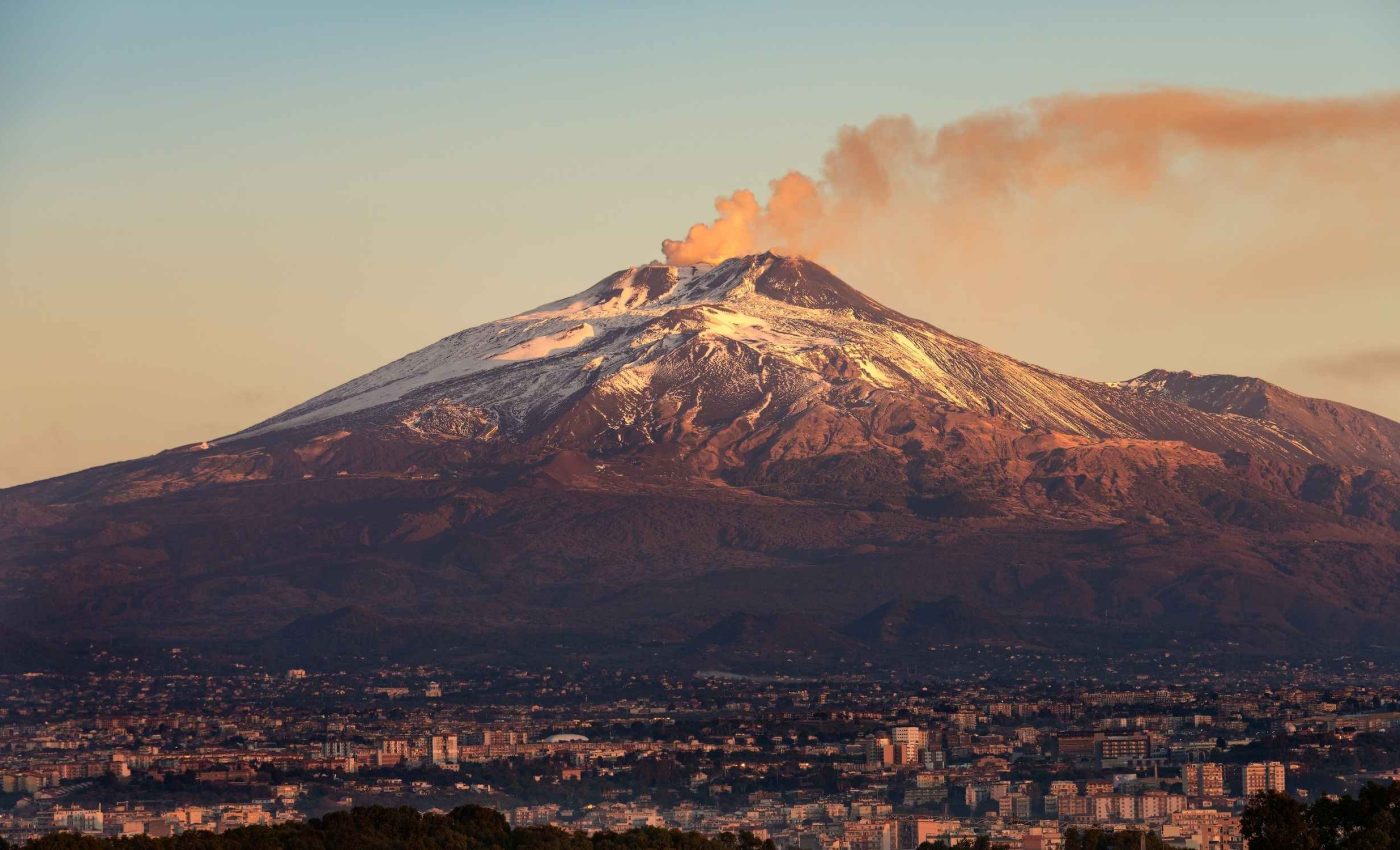
Mount Etna warned for years before erupting, now scientists have deciphered the signals
Mount Etna’s earthquakes hide a pattern that can help forecast trouble. By tracking a single number, researchers can spot magma on the move toward the surface.
A team in Italy analyzed 20 years of local earthquakes to test that signal. The work focuses on Etna in Sicily, where it could sharpen eruption forecasts.
Tracking earthquakes at Mt. Etna
A new paper shows that an earthquake statistic rises and falls in step with magma transfers inside Etna over two decades.
The b value, ratio of small to large earthquakes, increases when rocks are fractured and weak, and decreases when stress concentrates.
The work was led by Marco Firetto Carlino, a geophysicist at Italy’s National Institute of Geophysics and Volcanology (INGV). His research focuses on seismic indicators of magma movement.
Changes in the b value over time were described as reflecting how the internal stress of the volcano evolves, according to researchers at the Etna Observatory.
Two decades of Etna earthquakes
From 2005 through 2024, the team mapped earthquakes in three depth zones under Etna. They observed shifts that trace magma rising from more than 6 miles down toward shallow storage near the summit.
A strike slip fault, a near vertical crack where blocks slide sideways, cuts beneath the volcano and guides magma into the crust. The crust below Etna is roughly 19 miles thick, and stress changes play out across that full thickness.
The deepest storage sits about 7 miles below sea level and feeds an intermediate system a few miles down. A final zone nests inside the volcanic cone at shallow depth.
Time series for the deep, middle, and shallow volumes rise and fall in sequence during unrest. The pattern separates mantle recharge at depth from pressure changes higher up.
Deciphering stress changes
In this record, b shifts often came months before other signals that track gases or heat. That timing extends the window for safety actions on the mountain.
For example, b climbed in early 2017, and increases in the helium isotope ratio, the balance of 3He to 4He in gases, and swelling followed that spring. The sequence points to gas rich magma entering mid depth storage before moving higher.
Because b responds to stress, it can catch deep changes that surface gas sensors cannot always see. The metric also updates as fast as analysts can compute it from incoming earthquakes.
This approach depends on dense, reliable seismic catalogs that include many tiny events. Better automatic detection will make the signal sharper and more consistent.
Why timing matters
On June 2, 2025, Etna sent a tall ash column into the sky and pushed hot debris downslope. Satellite images captured the plume and a collapse inside the Southeast Crater.
The event was not a surprise because monitoring networks had already flagged elevated activity. Extra hours or days still matter for closing trails, warning hikers, and coordinating air routes over Sicily.
As a forecasting tool, b value trends are designed to sit alongside tiltmeters, thermal cameras, and gas sampling. Together, these records help observatories judge when to elevate alerts and restrict access.
One reminder stands out from the long earthquake catalog. Etna can keep a relatively open conduit near the top while rebuilding pressure in deeper stores that later feed eruptions.
Earthquake distribution on Etna
The frequency magnitude distribution, the curve showing how many small versus large earthquakes occur, steepens when many small fractures slip. It flattens when stress favors fewer, larger breaks in stronger rock.
Volcanic rocks weakened by heat and fluids tend to fracture into many small blocks. That texture drives a high b value, which often marks zones where magma is stored.
Conversely, coherent rock can hold stress longer and then fail in larger events. That behavior produces a lower b value and can precede dike growth toward the surface.
Tracking the ratio through time, not just mapping it in space, revealed Etna’s stepwise magma transfers. The temporal pattern gives context to gas chemistry spikes and ground swelling.
From Etna to other restless peaks
Etna is an ideal test bed thanks to its frequent activity and thick instrumentation. Still, the same logic should work at other volcanoes that generate enough earthquakes across different crustal levels.
There is a practical threshold for usefulness as well. Observatories need well located hypocenters and consistent magnitude estimates to avoid bias in the ratio.
Researchers at the Etna Observatory noted that tracking the b value provides an effective way to follow magma movement, especially when combined with other monitoring methods in a broader surveillance system.
If adopted widely, the method could flag deep magma transfers weeks to months before gas surges or deformation peaks. That extra time could improve closures, evacuations, and public messaging.
The study is published in Science Advances.
—–
Like what you read? Subscribe to our newsletter for engaging articles, exclusive content, and the latest updates.
Check us out on EarthSnap, a free app brought to you by Eric Ralls and Earth.com.
—–













